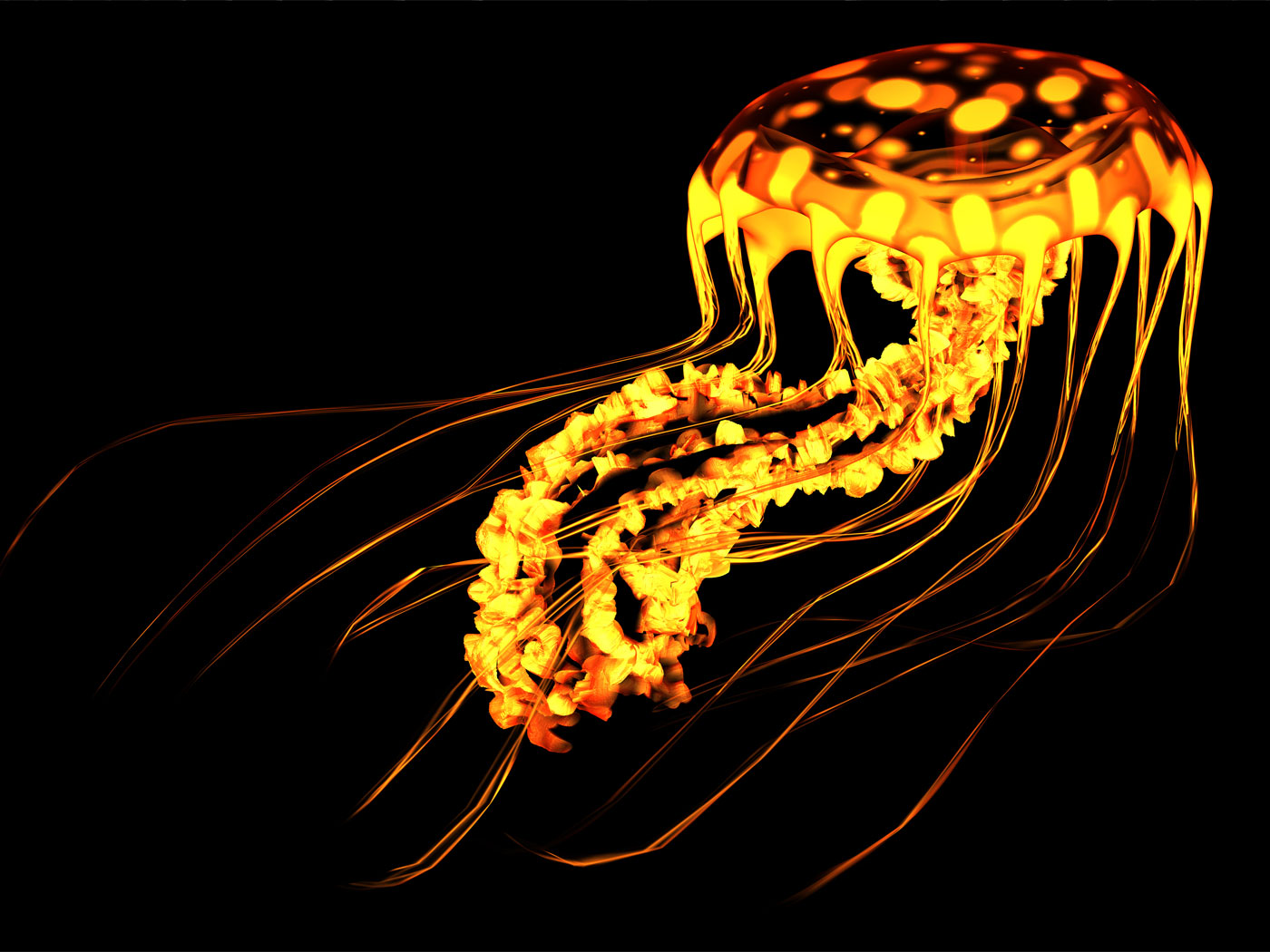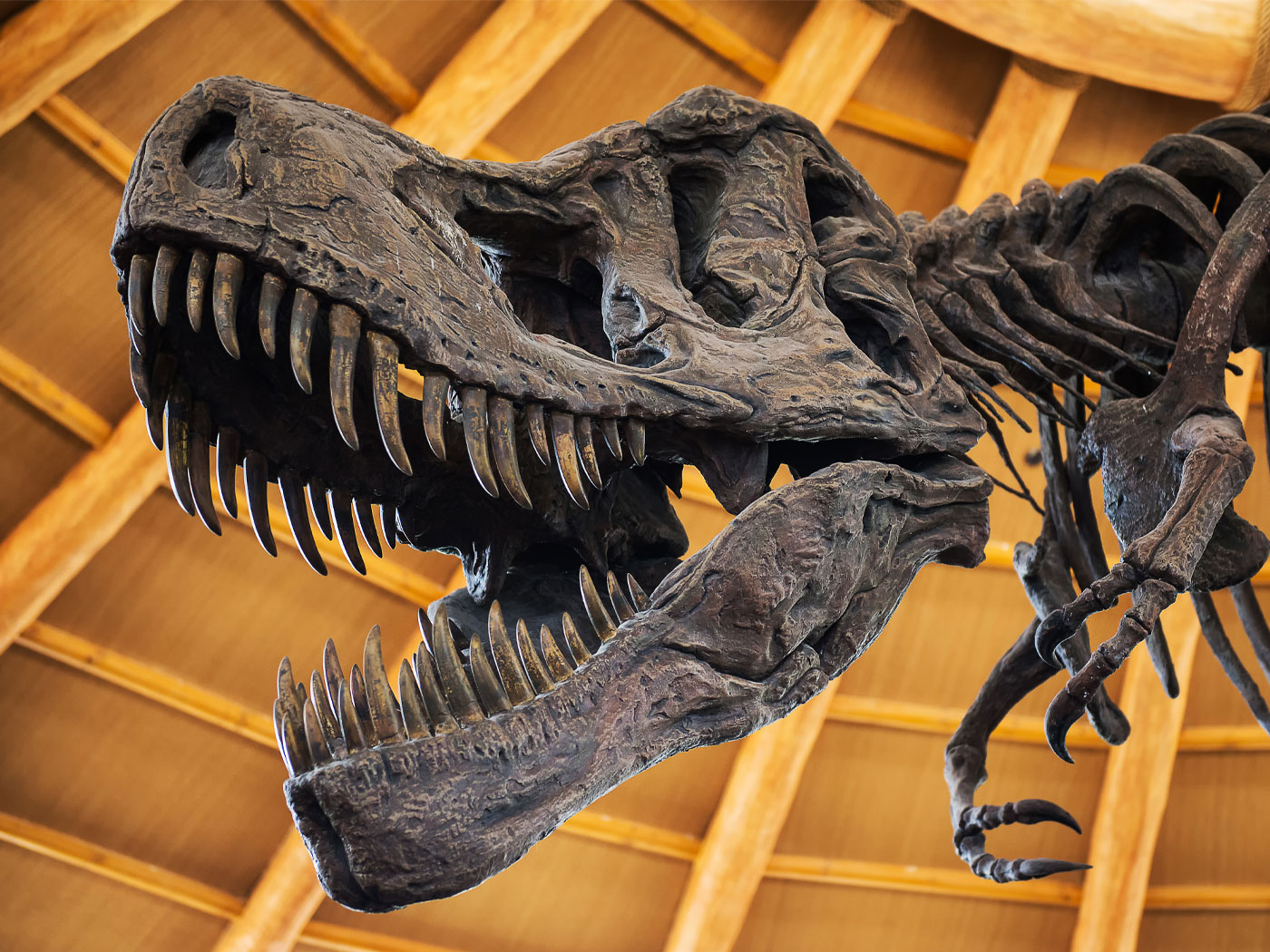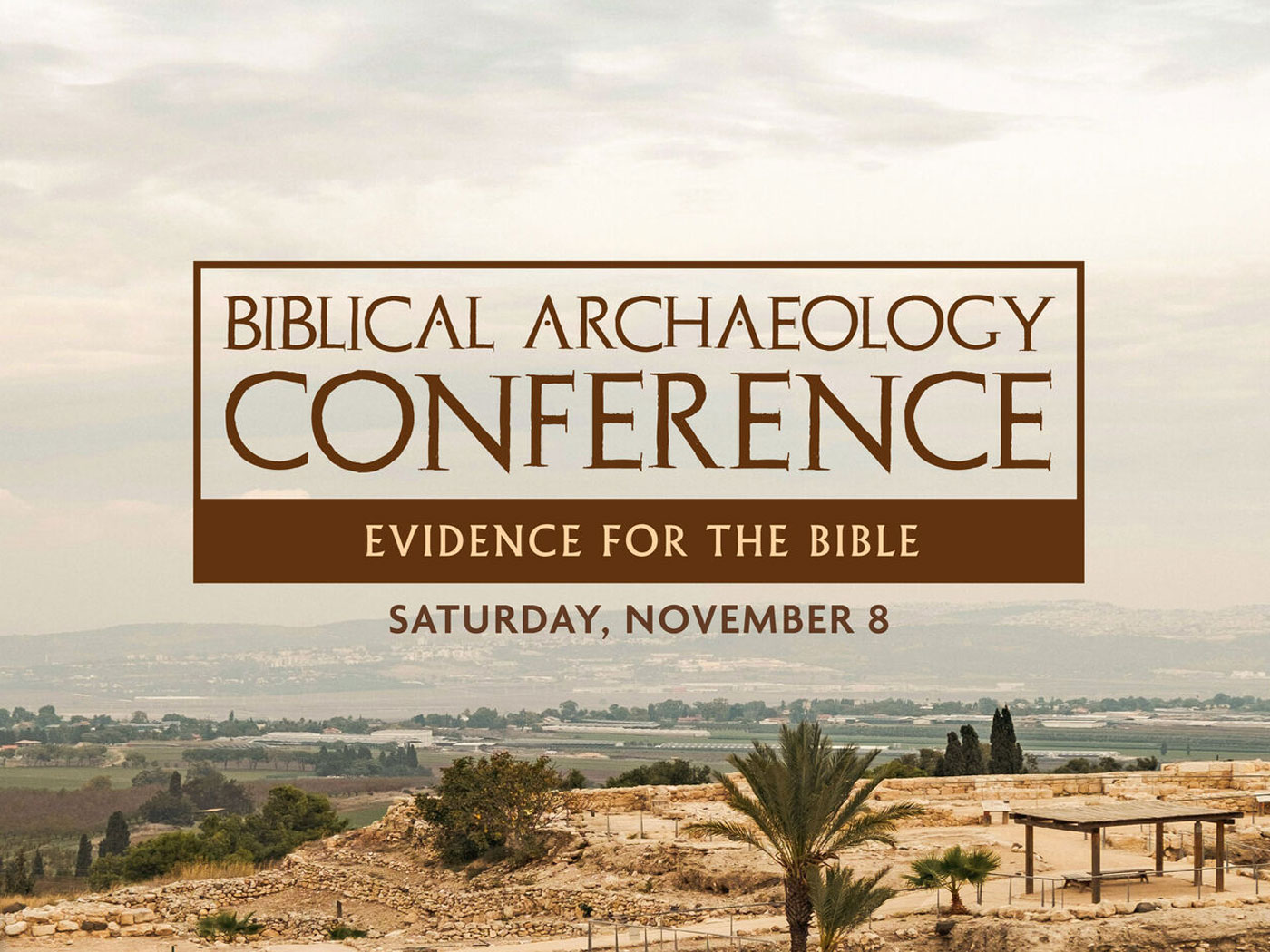A research intern for the Wildlife Conservation Society, Muse Opiang, completed the first field study ever conducted on the long-beaked echidna, an egg-laying mammal found only in New Guinea.1 Representing four years and 6,000 man-hours of work, Opiang’s field observations include a catalog of dwellings and habits that befit an animal clearly formed with a collection of mosaic features, characteristics shared by various creatures that have been unified into a functional whole.
The study required remarkable effort because echidnas are active only at night and stay mostly underground. The tracked echidnas each ranged through a territory of about 96 acres, and their diet included insects and worms. Echidna dens were found mostly in dense thickets or underground. These details are of particular interest to conservationists developing programs to protect the endangered creatures.
The adult Eastern Long-beaked Echidna possesses a slender, pointed snout used to poke holes in the ground to search for subterranean meals. The echidna has very effective digging claws, and has coarse hair and spines similar to an anteater’s. However, it lays eggs like most reptiles, and has a reptile-like “sprawling gait” and a single opening that releases both waste and gametes. The features in monotremes, a category that includes both echidnas and platypuses, have “forced zoologists to change their very definitions of what a mammal is.”2
There is no clear evolutionary explanation for the development of the echidna kind. There are Miocene fossils of echidnas, which creation scientists attribute to post-Flood local floods, but “the oldest monotreme fossils show little difference from today's animals, so there is no fossil record to indicate they have evolved from any other type of creature.”3 Nor is there a clear connection between the echidna and the platypus, which both lay eggs but are otherwise very different animals.
The strange combination of mammalian and reptilian features may defy a Darwinian description of origins, but they fit perfectly with a Creator who is able to shape living forms with whatever features He wants them to have. All indications point to echidnas being uniquely created to live as underground nocturnal creatures and to reproduce only more echidnas. Hopefully, the fruits of this groundbreaking and painstakingly-obtained research will help ensure that echidnas continue to thrive, since they are such marvelous manifestations from the mind of their Maker.
References
- Opiang, M. D. 2009. Home Ranges, Movement, and Den Use in Long-Beaked Echidnas, Zaglossus Bartoni, from Papua New Guinea. Journal of Mammalogy. 90 (2): 340-346.
- WCS Supports World's First Study of Odd-Ball, Egg-Laying Mammal. Wildlife Conservation Society press release, June 9, 2009.
- Doolan, R. 1996. The echidna enigma...and the platypus puzzle. Creation. 18 (2): 26-27.
* Mr. Thomas is Science Writer at the Institute for Creation Research.
Article posted on June 23, 2009.





















